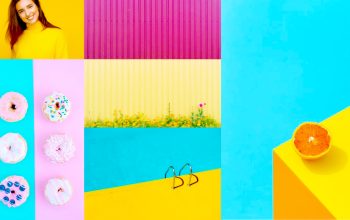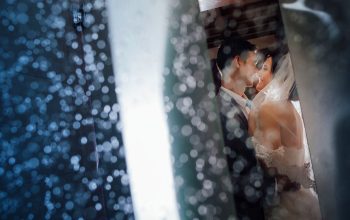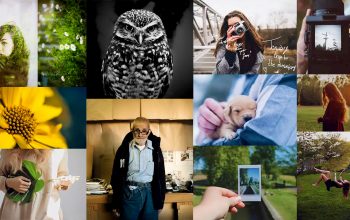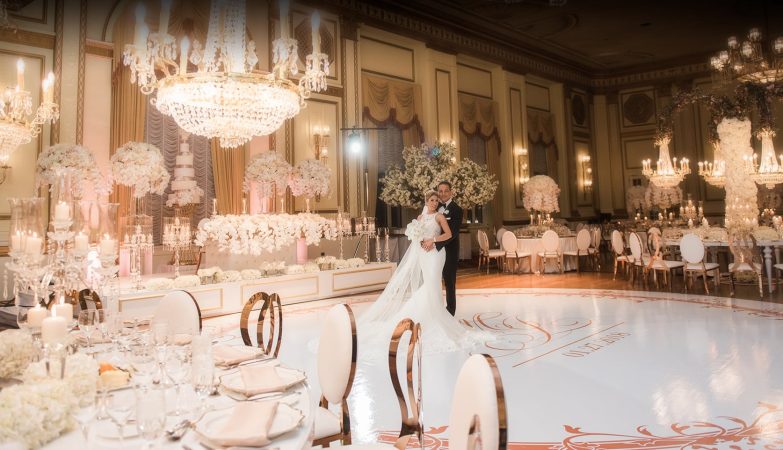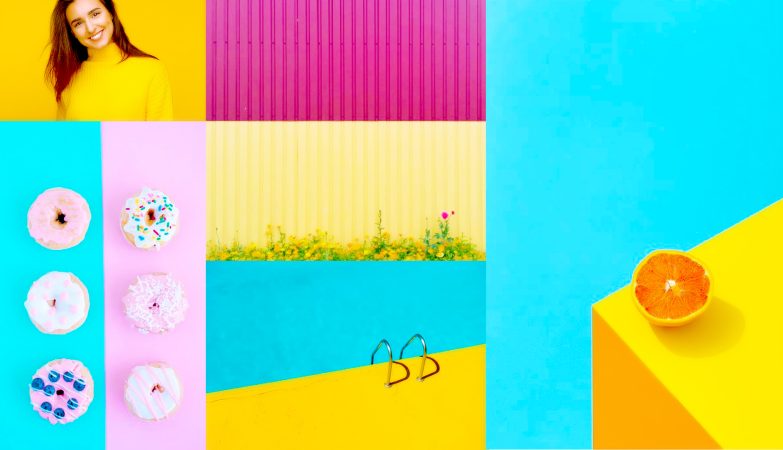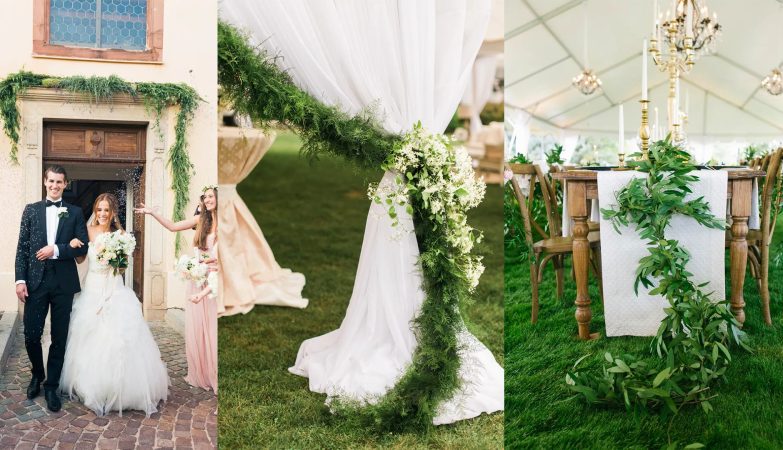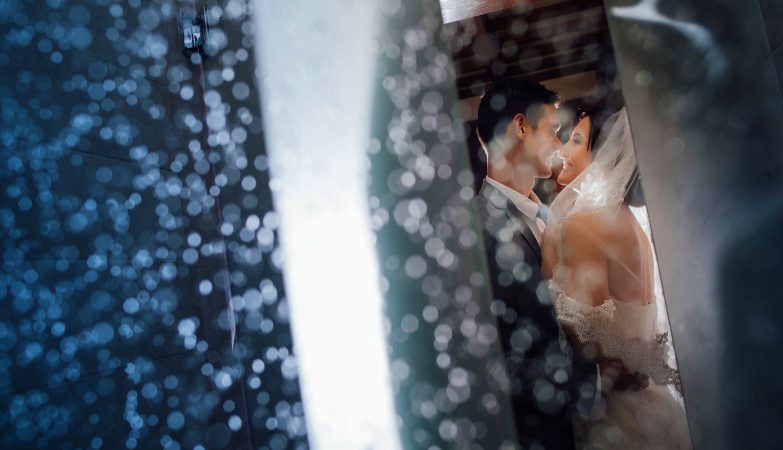
Understanding shutter speed is just as important as understanding aperture. This article explains innovative shutter speed methods for photography. Shutter speed control enhances picture creativity. Handheld: Match the focal length to the slowest possible handheld speed. Choose 1/300 of a second for a 300mm lens to avoid camera shake.
At broader focal lengths, 1/50th is fine at 50mm. Long Exposure Shutter Speed Variation is a creative way to use shutter speed. The camera is rotated around the photo’s centre. This method is used for longer exposures in kinetic light painting. Variable-focal-length kit lenses are great for this photo.
Light painting is a unique photography technique. Light painting pictures start with 2-second exposures and may last minutes in bulb mode. Light painting using wire wool or LED light sticks is more ambitious. Kinetic light painting includes lighting an item in the frame. Camera rotation requires steadily turning a tripod-mounted camera. Shutter speed may be creative.
Shutter speed is one of the most critical settings on your camera, and mastering it is just as crucial as mastering aperture. Shutter speed control, on the other hand, enables you to be even more creative with your photographs. This option is used by photographers to do exciting techniques like light painting and panning. In this post, you’ll learn about innovative shutter speed approaches and how to apply them to your photography. So let’s start with what shutter speed is and why it matters.
What Does The Term “Shutter Speed” Mean?
A picture is exposed by light, and shutter speed regulates how long that light source may expose the shot. That is, in general, brighter situations result in faster shutter speeds, whereas darker conditions result in slower shutter speeds. Shutter speed is also influenced by the aperture of your lens, the addition of filters to your lens, and, in certain situations, the addition of external illumination to your picture. In DSLR cameras, this signifies the mirror is locked; however, in mirrorless cameras, the shutter is simply open. Various strategies now depend on shutter speed to function. Let’s split them by how quick the shutter speed must be.
Super Shutter Speed
Using super-fast shutter rates lets you freeze items that are moving faster than the human eye can detect. This might be rainfall, wildlife, or sports photography.

Stopping The Action
The shutter speed required to freeze the activity is highly dependent on what you’re capturing. In terms of artistic photography, you’ll be freezing objects that are too quick for the human eye, resulting in some remarkable detail in the shot you’ve captured. Here’s a quick guide to the shutter speed you’ll need to freeze different kinds of action:
- A Waving Hand: A shutter speed of 1/100th is fast enough to stop this movement, but 1/200th is better.
- A Flying Bird: 1/2000th will provide you with a crisp image of a flying bird.
- Raindrop Splashes: To freeze flowing water, use a shutter speed of 1/1000th or faster.
Slower shutter speeds are possible, but most of the time, a strobe light is used instead of the shutter speed to freeze the water.
Captured Moment
The ability to capture the proper moment is what makes or ruins a photograph. Slower shutter rates may catch excellent moments, but in general, you’ll want to freeze the action. That means catching the instant a baseball player smashes their bat or an archer loses their arrow with a rapid shutter speed. In both circumstances, a quick shutter speed is required to catch the moment.
Photography With A Handheld Camera
While not directly connected to photo originality, shutter speed is critical for minimising camera shaking. A good rule of thumb is to match your focal length to the slowest speed you can use handheld. Of course, some people have more steady hands, and picture stabilisation also helps. However, the connection works as follows and is simple to memorise. To eliminate camera shaking, choose a shutter speed of 1/300th second if your lens length is 300mm. At wider focal lengths, though, you may use a considerably slower shutter speed; thus, 1/50th is acceptable at 50mm.
Making Motion
Ahead of getting into long exposure, there are the shutter speeds that you can get away with handheld, but slow enough to move the camera and produce motion blur.
Panning

This is a fantastic approach that demonstrates how shutter speed can be manipulated creatively. Because it involves shutter speeds that would not normally be handled by a camera, the method requires a steady hand. The aim behind this approach is to photograph a moving item while following it with your camera at a slow enough pace to blur the backdrop. You can track any moving item, from a pedestrian to a Formula One racing vehicle. A bicycle pedalling at a constant pace is one of the simplest items to pan with. Those who are new to the skill should first practise panning with a cyclist. To blur the backdrop while keeping the rider crisp, a shutter speed of roughly 1/25th is a decent starting point.
Blurred Motion

Another method is to blur the moving item while keeping the static object crisp. While panning is often done with one’s hands, employing a tripod for this sort of shot yields superior results. In this situation, you’ll want to contrast immobile items with the motion of things like vehicles, trains, or buses. That may be individuals waiting to cross the street or for a bus or train. Again, a shutter speed of 1/25th is often insufficient to blur the moving item in your picture.
Camera Movement

Even if everything in your frame is static, you may still give your shot a more dynamic vibe. This effect may be achieved by moving the camera at a slow shutter speed of roughly 1/25th. You may experiment with even shorter shutter speeds when using wide-angle lenses. This, however, may limit your ability to keep a piece of the photograph crisp. Camera rotation involves twisting the camera around a centre point in your photograph while capturing it. When longer exposures are required for kinetic light painting, this approach may be employed. It may be difficult to do since it is a tough technique to handle, and most tripods will not enable you to revolve around a central point in the manner required by this method. When capturing this kind of shot, it’s also advisable to use a wide-angle lens.
Zoom

Another frequent use of creative shutter speed is a zoom burst. It is feasible with any lens that has a variable focal length. As a result, a kit lens is ideal for this method. It is feasible to capture the picture with the zoom burst, but using a tripod yields superior results. Any tripod can assist with this sort of shot as long as you are moving the lens and not the camera body. The goal is to create motion by zooming into your principal subject matter during a 25-second exposure. Not all places are suitable for this photograph. A setting with a lot of sky, for example, may not cause much blur. A tunnel with varying amounts of light, such as a line of overhanging trees, on the other hand, works perfectly.
Shutter Speed Variation For Long Exposures
Long exposure is at the extreme edge of creative shutter speed utilization. Exposure periods in excess of one second are possible here. There is a lot of room for imagination in this section, so let’s see what you can come up with.
Painting With Light

Light painting is a lot of fun, and among the most creative techniques you can use in photography. There are essentially two ways you can create light paintings. The first is where the light source is turned away from the camera, and you use it to light up an object within the frame. To do this use the light source like a brush, and shine it only on the area’s you wish to light up. The alternative to this is pointing the light source towards the camera. Light painting can be as low tech as using your torch. However, more ambitious forms of light painting include the use of wire wool, or LED light sticks. Light painting photos typically begin at two-second exposures, and if you use bulb mode they can last into the minutes.
Painting With Kinetic Light
The distinction between kinetic light painting and light painting is that with kinetic light painting, you move the camera, while with light painting, you move the light source. Of course, random camera motions may be used to do this. However, more controlled movement, such as camera rotation and zoom, is the ideal option.

- Camera Rotation: Similar to the previous approach, but with longer exposure durations. This time, you’ll need a tripod. The method entails spinning the camera in a steady manner while it is mounted to a tripod.
- Camera Zoom: Following on from handheld zooming, longer zooms at night are shot using a tripod. You may read this article to understand more about Zoom’s experimental possibilities.
Long Exposure Landscape
Long exposure in landscape photography is a terrific approach to interpreting a picture in a unique manner. Long exposure is easiest at night, but it is also doable during the day.

- Neutral Density Filter: Using a neutral density filter enables you to take long exposures throughout the day. With swirling clouds and smooth water, this has the ability to completely change your landscape. You’ll need a powerful filter, such as an ND110 or ND1000.
- The Blue Hour: As most landscape photographers are aware, this is one of the ideal periods to photograph the terrain. Because of the light levels, you’ll be using long exposure. Because of the lengthy exposure, you may experiment with traffic light trail photos.
- Astro-photography: Finally, astro-photography is at the extreme end of long exposure photography. Those intending to shoot the Milky Way should use exposure times of 20 to 30 seconds, depending on the equipment. Photographing star trails is another common approach. A series of 30-second shots stacked together may be used. Use bulb mode and expose for at least 10 minutes as an option!
Conclusion
There are several applications for creative shutter speed. Have you tried any of the approaches listed above? Do you use any unconventional techniques? As usual, we welcome your feedback. Similarly, we’d want to see any images you have that demonstrate innovative use of shutter speed. So get out there and experiment with shutter speed.
